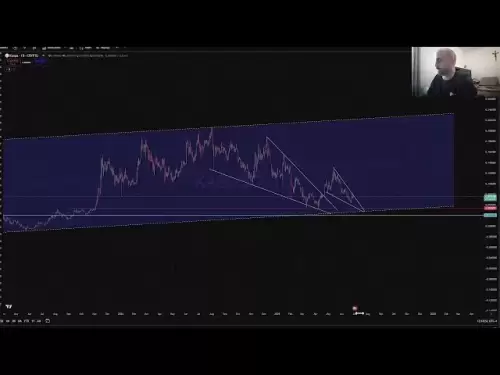-
 Bitcoin
Bitcoin $107,341.7259
0.15% -
 Ethereum
Ethereum $2,438.6204
0.70% -
 Tether USDt
Tether USDt $1.0003
-0.02% -
 XRP
XRP $2.1866
1.94% -
 BNB
BNB $649.0952
0.36% -
 Solana
Solana $150.9602
5.63% -
 USDC
USDC $0.9999
0.00% -
 TRON
TRON $0.2742
0.40% -
 Dogecoin
Dogecoin $0.1645
1.93% -
 Cardano
Cardano $0.5669
1.18% -
 Hyperliquid
Hyperliquid $37.8286
4.19% -
 Bitcoin Cash
Bitcoin Cash $491.4669
-2.74% -
 Sui
Sui $2.8150
3.06% -
 Chainlink
Chainlink $13.4184
2.91% -
 UNUS SED LEO
UNUS SED LEO $9.0809
0.27% -
 Avalanche
Avalanche $18.0295
2.60% -
 Stellar
Stellar $0.2396
1.19% -
 Toncoin
Toncoin $2.8587
0.13% -
 Shiba Inu
Shiba Inu $0.0...01160
2.59% -
 Litecoin
Litecoin $86.4192
1.45% -
 Hedera
Hedera $0.1486
1.19% -
 Monero
Monero $308.4324
0.87% -
 Polkadot
Polkadot $3.4202
1.43% -
 Bitget Token
Bitget Token $4.6436
-0.34% -
 Dai
Dai $0.9998
-0.02% -
 Ethena USDe
Ethena USDe $1.0002
0.00% -
 Uniswap
Uniswap $7.1527
3.29% -
 Pi
Pi $0.5357
-8.45% -
 Pepe
Pepe $0.0...09588
4.61% -
 Aave
Aave $259.9759
0.81%
Does the OKX invitation code support OTC trading?
OKX invitation codes offer signup bonuses but don't affect OTC trading, which requires separate KYC verification and minimum volume thresholds.
Apr 01, 2025 at 11:14 pm
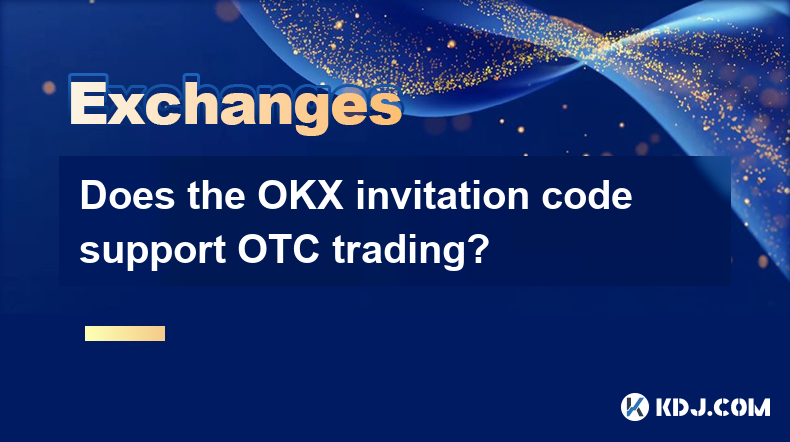
Understanding OKX Invitation Codes and OTC Trading
An OKX invitation code is a unique alphanumeric string provided by existing OKX users to new users. It offers benefits like trading fee discounts or bonuses upon signup. However, its functionality is primarily limited to the registration process and doesn't directly impact OTC (Over-the-Counter) trading features. OTC trading on OKX, or any exchange, is a separate process involving peer-to-peer cryptocurrency transactions outside the traditional exchange order book.
How OKX Invitation Codes Work
- You receive an invitation code from an existing OKX user.
- During the OKX registration process, you enter the code in the designated field.
- Upon successful registration and verification, you'll receive the benefits associated with that specific invitation code. These benefits are typically discounts on trading fees for a set period or a bonus in OKB (OKX's native token).
- The code itself doesn't grant access to any specific trading features beyond the initial signup bonuses. It doesn't affect your access to OTC markets.
OTC Trading on OKX: A Separate Process
OTC trading on OKX, like most exchanges, is a distinct feature from the standard exchange trading. It involves contacting a designated OTC desk or using a peer-to-peer marketplace within the OKX platform. These transactions usually involve larger cryptocurrency trades than those typically handled through the regular order book. The process requires verification and adherence to OKX's KYC (Know Your Customer) and AML (Anti-Money Laundering) regulations.
Navigating OKX's OTC Trading Platform
To engage in OTC trading on OKX, you will typically need to:
- Meet minimum trading volume requirements. These requirements ensure the platform can handle the transaction efficiently and securely.
- Complete the necessary KYC verification. This is a crucial step to comply with regulatory guidelines and maintain the integrity of the platform.
- Contact the OKX OTC desk or access the designated peer-to-peer marketplace. You'll need to initiate the transaction through the appropriate channels.
- Negotiate the transaction details with the counterparty. This includes the price, quantity, and payment method.
- Complete the transaction according to OKX's guidelines. This typically involves transferring funds and cryptocurrencies according to the agreed-upon terms.
The Relationship (or Lack Thereof) Between Invitation Codes and OTC Trading
It's crucial to understand that using an invitation code has absolutely no bearing on your ability to access or utilize OKX's OTC trading services. The invitation code's functionality is solely related to the initial registration process and any associated bonuses. Eligibility for OTC trading depends solely on meeting OKX's requirements, such as verification levels and minimum trading volumes, which are independent of any invitation code.
Security Considerations for OTC Trading
OTC trading, while offering flexibility, also presents unique security risks. It's vital to:
- Only transact with reputable counterparties. Thoroughly research and verify the identity and reputation of anyone you're trading with.
- Use secure communication channels. Avoid using public platforms for sensitive transaction details.
- Understand the risks involved. OTC trading carries inherent risks, including the possibility of fraud or scams.
Understanding OKX's Fee Structure
OKX's fee structure for OTC trading often differs from its standard exchange trading fees. These fees are typically negotiated with the counterparty or determined by OKX's OTC desk based on the transaction's size and complexity. The invitation code, again, has no impact on these fees. Your fees will be determined by the specific OTC transaction, not your referral code.
Dispute Resolution in OTC Trading
In case of disputes during OTC transactions, OKX provides mechanisms for resolution. However, the process may differ from resolving disputes related to standard exchange trading. It's crucial to thoroughly review OKX's OTC trading terms and conditions to understand the dispute resolution process. The invitation code doesn't influence this process either.
Frequently Asked Questions
Q: Can I use my OKX invitation code to get a discount on OTC trades?
A: No, OKX invitation codes only provide benefits during the registration process, such as trading fee discounts on standard exchange trades, and do not affect OTC trading fees or access.
Q: Does a higher trading volume on the exchange increase my chances of accessing OTC trading?
A: While high trading volume might indicate a more experienced trader, access to OTC trading primarily depends on meeting OKX's KYC/AML requirements and minimum trading volume thresholds for OTC specifically, not your overall trading history.
Q: What happens if I encounter a problem during an OTC trade on OKX?
A: OKX has a dispute resolution process for OTC trades. Contact their customer support for assistance. Your invitation code will not affect the resolution process.
Q: Are there any specific requirements to use the OKX OTC platform?
A: Yes, OKX typically requires KYC verification and may have minimum transaction size requirements for OTC trades. Meeting these requirements is independent of any invitation code.
Disclaimer:info@kdj.com
The information provided is not trading advice. kdj.com does not assume any responsibility for any investments made based on the information provided in this article. Cryptocurrencies are highly volatile and it is highly recommended that you invest with caution after thorough research!
If you believe that the content used on this website infringes your copyright, please contact us immediately (info@kdj.com) and we will delete it promptly.
- XRP, Ripple, and Bitcoin: Decoding the Latest Crypto Moves
- 2025-06-29 08:30:13
- NBA Legend Scottie Pippen's Crypto Picks: SHIB and XRP in the Spotlight
- 2025-06-29 08:50:12
- Bitcoin, US Strategy, and Cryptocurrency Regulation: Navigating the Digital Frontier
- 2025-06-29 09:10:13
- Chainlink's $17 Breakout: Bullish Momentum Fueled by Mastercard Partnership
- 2025-06-29 08:30:13
- Crypto Launches Q3 2025: Top Picks to Watch
- 2025-06-29 09:10:13
- BTC Bull Token: Riding Bitcoin's Bull Run to Crypto Glory
- 2025-06-29 09:30:11
Related knowledge
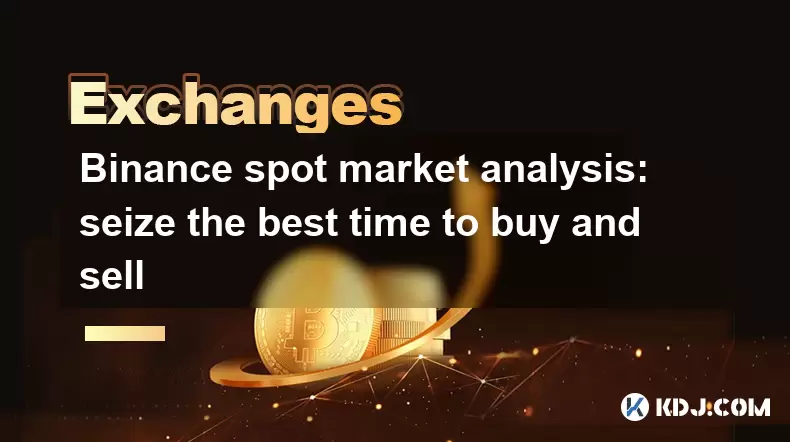
Binance spot market analysis: seize the best time to buy and sell
Jun 19,2025 at 04:56pm
Understanding the Binance Spot MarketThe Binance spot market is one of the most popular platforms for cryptocurrency trading globally. It allows users to trade digital assets at current market prices, making it essential for traders aiming to buy low and sell high. Unlike futures or margin trading, spot trading involves direct ownership of the asset aft...
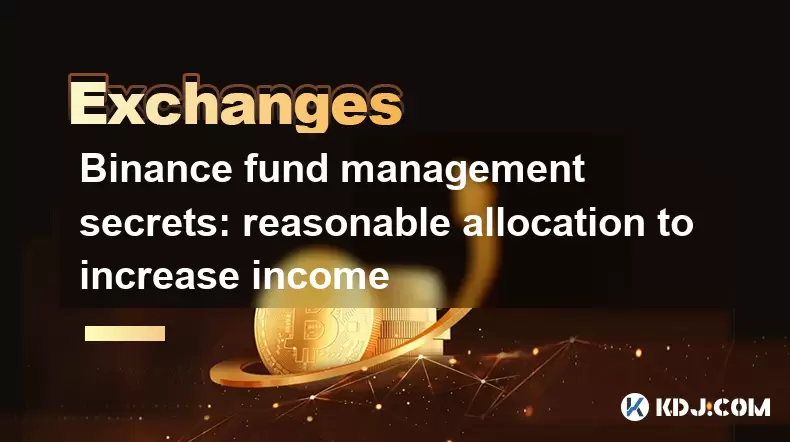
Binance fund management secrets: reasonable allocation to increase income
Jun 22,2025 at 02:29pm
Understanding Binance Fund ManagementBinance fund management involves strategic allocation of your cryptocurrency assets to optimize returns while managing risk. The key to successful fund management lies in understanding how different investment options on the Binance platform can be utilized to create a diversified portfolio. This includes spot tradin...
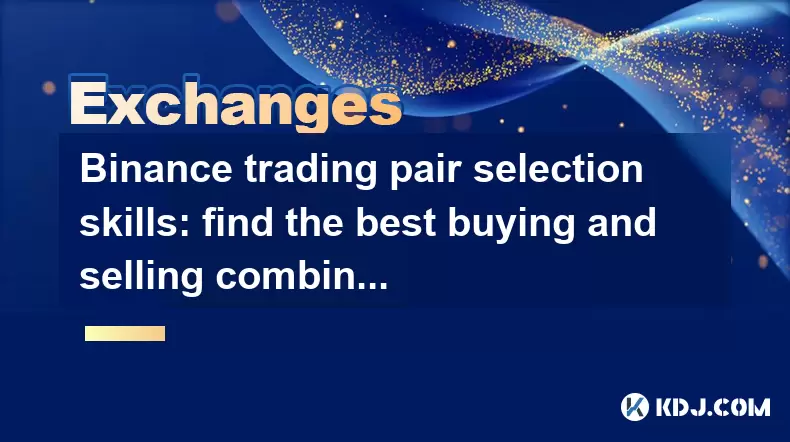
Binance trading pair selection skills: find the best buying and selling combination
Jun 23,2025 at 02:49am
Understanding the Basics of Trading Pairs on BinanceBefore diving into trading pair selection skills, it's essential to understand what a trading pair is. On Binance, a trading pair refers to two cryptocurrencies that can be traded against each other. For example, BTC/USDT means Bitcoin is being traded against Tether. Each trading pair has its own liqui...
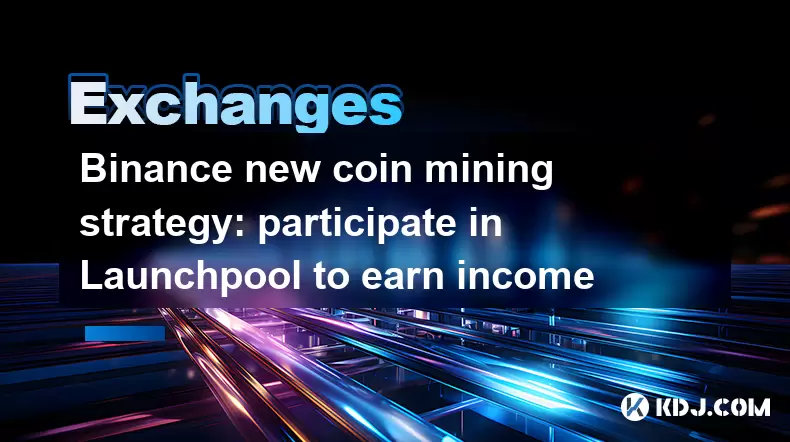
Binance new coin mining strategy: participate in Launchpool to earn income
Jun 23,2025 at 11:56am
What is Binance Launchpool and how does it work?Binance Launchpool is a feature introduced by the world’s largest cryptocurrency exchange, Binance, to allow users to earn new tokens through staking. This platform enables users to stake their existing cryptocurrencies (such as BNB, BUSD, or other supported assets) in exchange for newly launched tokens. T...
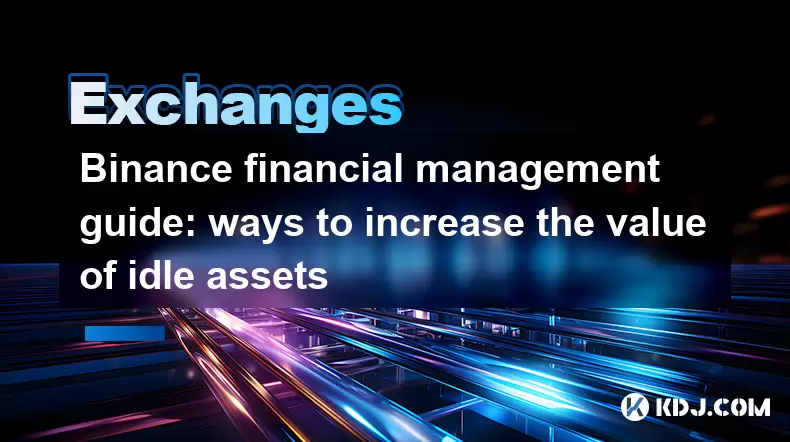
Binance financial management guide: ways to increase the value of idle assets
Jun 19,2025 at 11:22pm
Understanding Idle Assets in the Cryptocurrency SpaceIn the fast-paced world of cryptocurrency, idle assets refer to digital currencies that are not actively being used for trading, staking, or yield farming. Holding these funds in a wallet without utilizing them means missing out on potential growth opportunities. Binance, as one of the leading platfor...
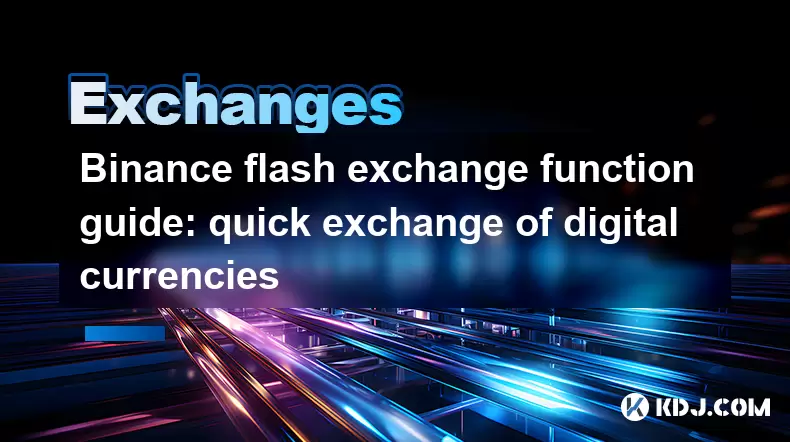
Binance flash exchange function guide: quick exchange of digital currencies
Jun 23,2025 at 12:29pm
What is the Binance Flash Exchange Function?The Binance Flash Exchange function is a powerful tool designed to allow users to instantly swap between supported cryptocurrencies without the need for placing traditional buy/sell orders. This feature simplifies the trading process by offering a direct exchange mechanism, eliminating the requirement to conve...

Binance spot market analysis: seize the best time to buy and sell
Jun 19,2025 at 04:56pm
Understanding the Binance Spot MarketThe Binance spot market is one of the most popular platforms for cryptocurrency trading globally. It allows users to trade digital assets at current market prices, making it essential for traders aiming to buy low and sell high. Unlike futures or margin trading, spot trading involves direct ownership of the asset aft...

Binance fund management secrets: reasonable allocation to increase income
Jun 22,2025 at 02:29pm
Understanding Binance Fund ManagementBinance fund management involves strategic allocation of your cryptocurrency assets to optimize returns while managing risk. The key to successful fund management lies in understanding how different investment options on the Binance platform can be utilized to create a diversified portfolio. This includes spot tradin...

Binance trading pair selection skills: find the best buying and selling combination
Jun 23,2025 at 02:49am
Understanding the Basics of Trading Pairs on BinanceBefore diving into trading pair selection skills, it's essential to understand what a trading pair is. On Binance, a trading pair refers to two cryptocurrencies that can be traded against each other. For example, BTC/USDT means Bitcoin is being traded against Tether. Each trading pair has its own liqui...

Binance new coin mining strategy: participate in Launchpool to earn income
Jun 23,2025 at 11:56am
What is Binance Launchpool and how does it work?Binance Launchpool is a feature introduced by the world’s largest cryptocurrency exchange, Binance, to allow users to earn new tokens through staking. This platform enables users to stake their existing cryptocurrencies (such as BNB, BUSD, or other supported assets) in exchange for newly launched tokens. T...

Binance financial management guide: ways to increase the value of idle assets
Jun 19,2025 at 11:22pm
Understanding Idle Assets in the Cryptocurrency SpaceIn the fast-paced world of cryptocurrency, idle assets refer to digital currencies that are not actively being used for trading, staking, or yield farming. Holding these funds in a wallet without utilizing them means missing out on potential growth opportunities. Binance, as one of the leading platfor...

Binance flash exchange function guide: quick exchange of digital currencies
Jun 23,2025 at 12:29pm
What is the Binance Flash Exchange Function?The Binance Flash Exchange function is a powerful tool designed to allow users to instantly swap between supported cryptocurrencies without the need for placing traditional buy/sell orders. This feature simplifies the trading process by offering a direct exchange mechanism, eliminating the requirement to conve...
See all articles























